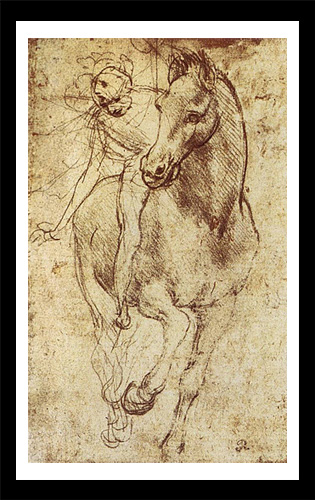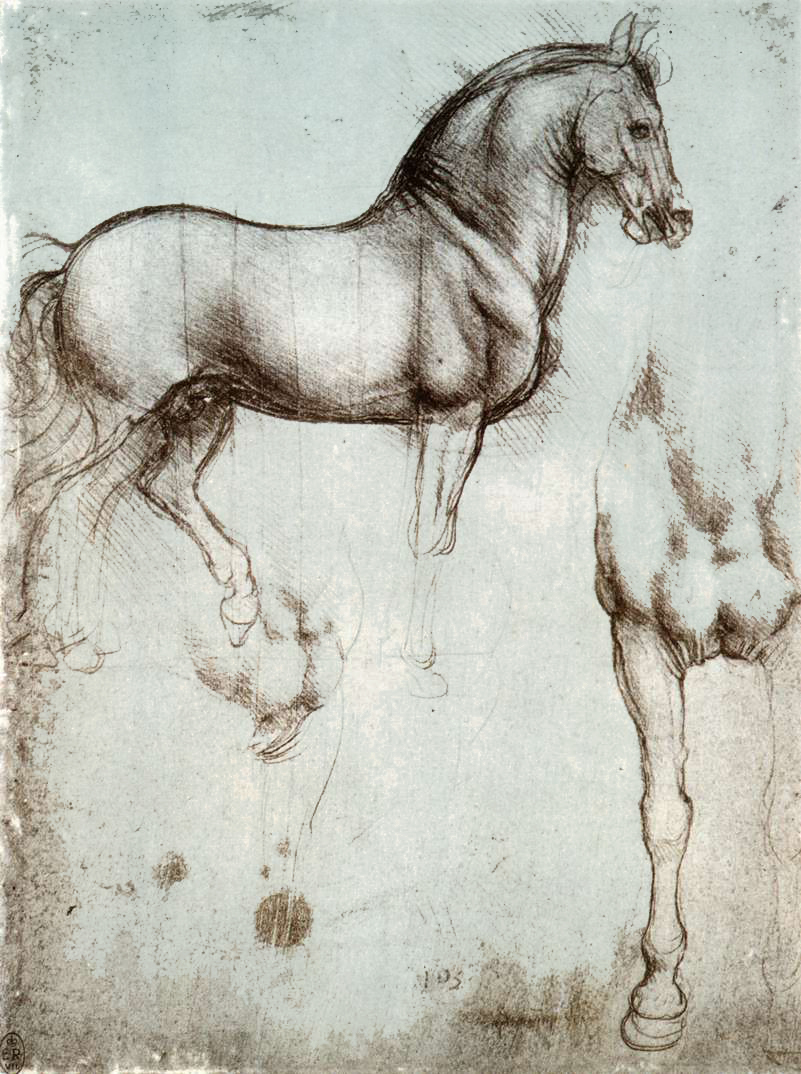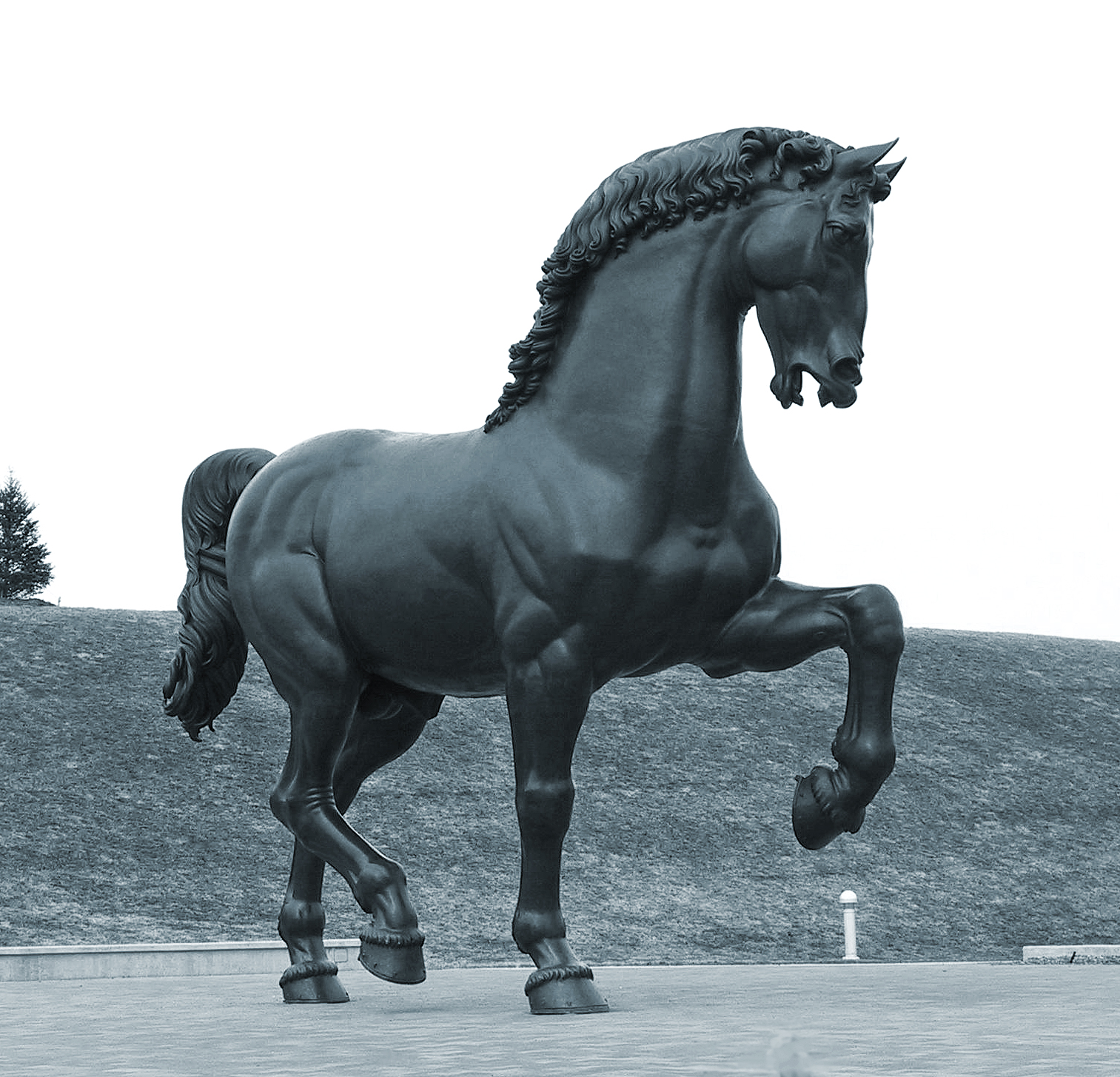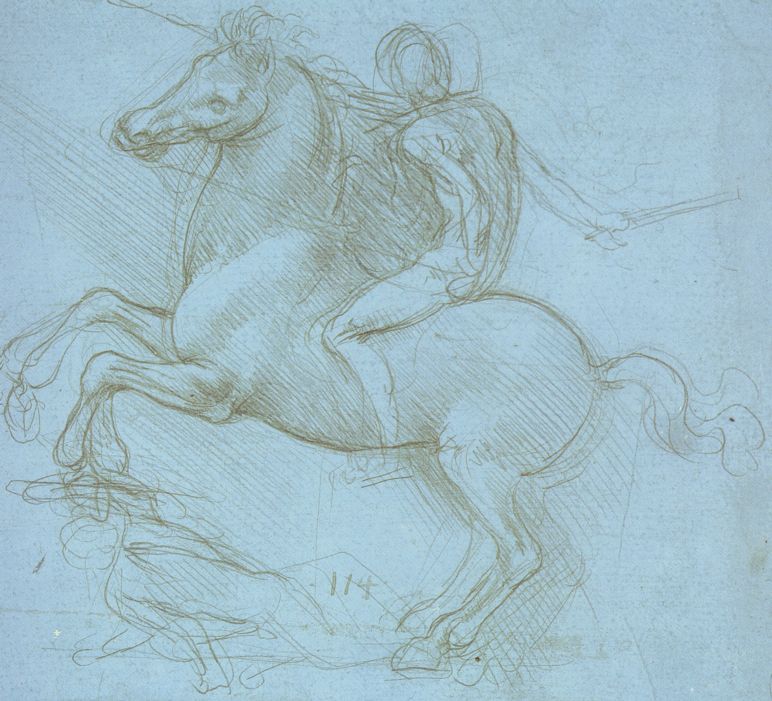Frequently Asked Questions |
| |
Did you know that your horse is 60% muscle? |
Did you know that if every muscle is not working for your horse, it is actively working against him? |
Tight muscles lead to injuries, and may cause your horse to fade early. |
Equine Bodyworking can help your horse be relaxed, fresh and supple. Give your horse the competitive edge with more than massage.... |
|
| Q. What is the difference between Trigger Point Myotherapy/Neuromuscular Therapy (TPM/NMT), and massage? |
A. It is more accurate to say that massage is one technique used by TPM/NMT, rather than that TPM/NMT is a form of massage.TPM/NMT is a manual (hands-on) form of physiotherapy closer to physical therapy, rather than simply a massage technique.TPM/NMT differs from massage in its history, approach, and protocol. Rather than dealing with one dysfunction at a time (one-sidedness, cold back, lack of engagement, etc.), or viewing the horse's various parts in isolation (neck, back, haunch, limbs), TPM/NMT has a "global" whole-body approach. This includes consideration of the horse's medical history, past and current use, analysis of conformation, posture, gait, range of motion, impact of perpetuating factors, etc.. Moreover, TPM/NMT incorporates active/passive stretching, corrective movements and therapeutic exercise with the goal of achieving overall muscle balance, axial straightness and body symmetry, thereby making lasting structural improvements of the horse's body and gaits, as well as overall physical comfort.
|
| Q. What is Equine Trigger Point Myotherapy? |
A. Equine Trigger Point Myotherapy is a non-invasive therapeutic program for the management of myofascial pain and associated dysfunction in horses. The technique involves therapeutic message to locate taut muscle bands and muscle knots or spasms referred to as trigger points; gentle compression of these trigger points using various techniques and passive stretch by the therapist promote free range of motion to affected area.
|
| Q. What is a "Trigger Point" |
A. A trigger point will refer pain to other parts of the body. The site of the pain awareness is not necessarily the site of the trigger point.
|
| Q. What Responds To Myotherapy? |
A. Myotherapy is used to benefit both horse and rider worldwide and has been performed on members of the United States and Canadian Equestrian Teams. A brief list of common muscle problems which have helped in horses includes: tripping, swinging leg, lameness, hip and should lameness, cold back, crookedness, one sidedness, shortened strides,inability to collect, refusing, resisting, restricted movement or lack of full range of motion and utilizing full potential.
|
Q. What Is Involved In Myotherapy? |
A. Pre-therapy: A thorough history of the horse is necessary to familiarize the therapist with injuries, diseases, type of sport practiced, and previous usage, which relate to the horse's conformation, tack, shoeing, and environment.
Therapy: There are four integral elements of the therapy session.
1. Range of motion and movement assessment
2. Myo-massage and palpation of musculature and trigger point compression techniques.
3. Passive stretch followed by active stretch
4. Corrective Exercise Program
Post Therapy: The rider and.or trainer is instructed in specific corrective movements to be done with the horse for the purpose of maintaining flexibility and increasing strength and endurance.
|
| Q. Why is "correct" exercise important? |
A. In order to avoid shortening of the newly relaxed muscles, one should follow a consistent exercise program. Developing strength, endurance, suppleness and flexibility are essential for continued relief from muscle pain.
|
Please Note: Veterinary Consultation and Clearance
First a veterinarian should examine and diagnose and treat any physical problems your horse may be experiencing. Myotherapy is strictly an adjunctive rather than alternative modality. |




